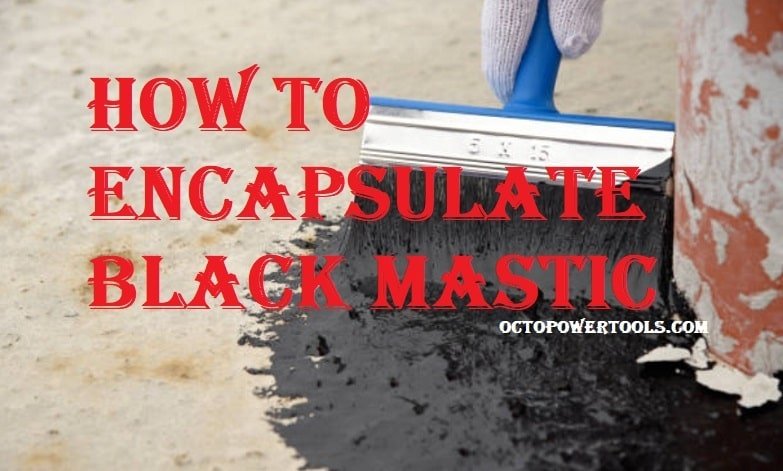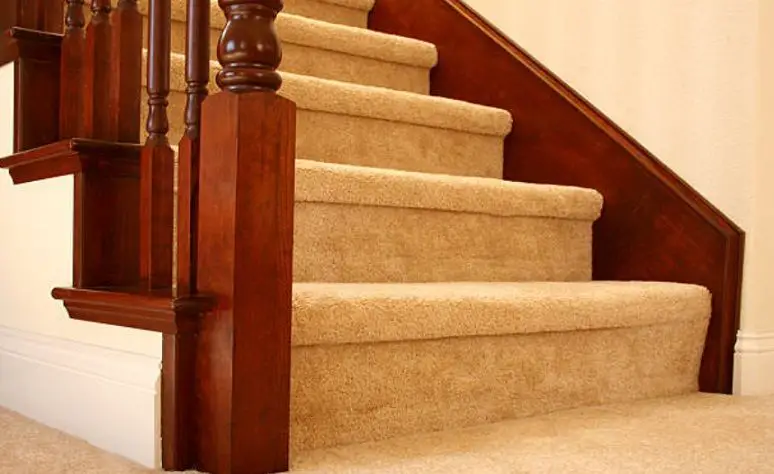Be it for professional welding/cutting purposes or a weekend home project, our plasma cutters are portable and adaptable to all kinds of cutting. You can ideally use it to cut steel plates or any other non-ferrous or ferrous metals with an approximate thickness of 1 inch. The nozzle transfers gas at high electrical frequency, which turns the gas into plasma, emitting a series of sparks which target the metal and deliver precision cuts at high speeds.
Buying a Plasma cutter? Here’s what to look for
There are a variety of options for cutting metal – like Oxyfuel, mechanical cutters, electric cutters and plasma cutters. If you have zeroed in on Plasma cutters, then here are a few buying tips to help you pick the one that will suit your requirements:
Need a Plasma Cutter? Read our article, best plasma cutter
- Take note of the amp and cutting ability (thickness) of the cutter. If you need to cut metals of greater thickness then the plasma cutter you choose needs to have higher amp output and larger cutting capacity. For thin metals, you can opt for low amps and lesser cutting capacity.
- Ideally if you require a cutter that can cut metals with a 0.5 thickness, get one that has a minimum capacity of .75 to 1 inch thickness. You have to decide if speed is a deciding factor in your purchase and accordingly choose a cutter that delivers the right amount of speed.
- Next step is to analyse your usage – will you be using the plasma cutter for small portions of time frequently or large portions of time infrequently or large amounts of time frequently? These are important questions, as the answer to this will determine the duty cycle capacity you need from your plasma cutter. Duty cycle is measured in inches per minute and a cutters capacity will determine the length of time you can use it continuously without causing the cutter to overheat.
- One method to check performance is to do test cuts with different plasma cutter models on material with same level of thickness. This will provide an objective comparison of the performance and precision of the cut.
- The more you lift the torch away from the metal, the better you can judge the arc. If a plasma cutter can maintain an arc even when the torch is lifted up from the metal for some time, then this is an indication that the cutter has high voltage capacity and can cut plates of larger thickness.
- Look for a plasma cutter that can cut fast and has higher speed of energy transfer from the torch.
- If the torch is small and portable, it will provide greater visibility and more control while using. This means you can clearly see where and how you cut.
- The size and capacity of your plasma cutter will depend on the level of usage. For professional jobs, you may also need to invest in a durable machine, higher capacity and get protective gear. For lesser usage, portability is an important factor to consider; get a cutter you can transport easily with easy stowage of wires, cables and other accessories.
- Look at the instruction manual. If you can follow the usability, maintenance instructions easily, and the cutter itself has user friendly controls, then it might be more comfortable to use on a daily basis.
- A plasma cutter conducts electricity at very high frequencies and this can sometimes affect the frequency of other electronic equipment, so get a cutter that has a built in control to prevent over usage.
- Check the plasma cutter and the accessories carefully, keep a note of its assembly and ease of use and make a purchase accordingly.
Let’s take a look at the advantages and disadvantages of using a Plasma cutter:
|
Advantages |
Disadvantages |
|---|---|
|
|
Making the most of your Plasma Cutter
We have assessed the advantages and disadvantages. If you have decided upon the plasma cutter you wish you buy, read on to know a few tips on how you can make optimal use of it:
- Firstly, upon purchase, open and check if every item is packed as mentioned. Then set it up and see if it is assembled as instructed and whether or not it works.
- Everything is almost always in order, but it’s always a good idea to take a better look at everything.
- Read the instruction manual thoroughly, if it mentions wearing safety or protective gear, ensure you wear it when using the cutter.
- If you are a beginner, look for the accessories. There should be a drag cup, use that – the torch can rest on that during the cutting process.
- For extended nozzle life avoid dragging or touching the nozzle to the cutting work.
- Begin cutting at an angle; if you start with a perpendicular cut, the molten metal will blow straight towards the torch, whereas an angle will ensure the metal is blown away from the torch.
- The right speed is essential to avoid build-up of metal above or below the cutting area.
- When you start cutting, turn up the current to the maximum level and then slowly lower it to improve the precision of the cut.
- It is recommended that you keep an approximate distance of 3/16-inch to 1/8-inch between the nozzle and the cutting area.
Conclusion
It’s important that you pick the best plasma cutter that fits both your budget and your requirement. The decision making process rests on a variety of factors, the main priority being the quality of the cut, the ease of use and the affordability of the equipment.
All three plasma cutters from Lotos reviewed here tick the right boxes in terms of efficiency, quality and affordability. However, in terms of the value provided for the price, we recommend Lotos LTP5000D non touch pilot arc cutter.
It delivers fast and precise cutting at high frequencies and its non touch feature adds to its efficiency. Though it is priced higher than the other two, the power and performance provide adequate return on investment.




